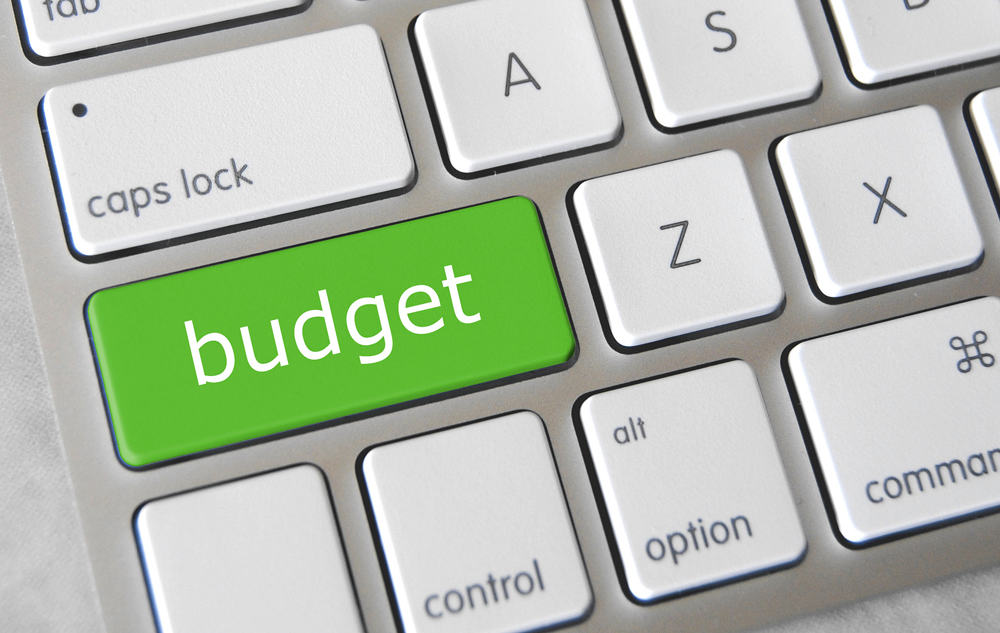By Shariq Toor, content strategist at True Sky
The traditional budgeting cycle runs a universally familiar course, whether it’s the process for a government, a big corporation, or a small business. One of the benefits of such a budgeting cycle is its transparency.
It all starts with planning where the money will go, and when everyone involved is satisfied, the money is allocated and spent. Then, the performance of the budget it assessed, which greatly informs the planning of the next budget and so on.
Each step requires examination, so everyone knows where the money is going and what happens when the money is spent. It also helps foster accountability, since every step requires extensive review, examination, and reflection.
The nature of the budgeting cycle also allows it to overlap fluidly with the previous cycle and the upcoming cycle, fostering a natural progression month after month, quarter after quarter, and year after year.
It all starts with compiling the budget. At this point, everyone who’s going to need resources needs to decide how much it will take for them to get their work done. Needless to say, just about everyone will have something to add to the conversation.
Money will be required for new projects or to support ongoing ones. Employees will need to get paid and those that have been there for a while will want raises. There are also overhead costs like basic office supplies, hardware, software, workspace, and utilities.
The process is different from company to company. Some have a number of departments that assess their needs and submit sections of the budget. In a small operation, the owner can often have the sole input. Whatever the case, the actual work is pretty much the same – use the information you have to consider what you’ll need, what you have (or will have), and how you’ll use it over the next budgeting cycle.
Some organisations start from the top. They consider how much money will come in over a given period and where and how resources will be allocated. Others tend to start from the bottom, totalling up how much everything will cost and then noting how much money will have to be made to pay that cost. Either way, preparing a budget will require a little guesswork because there are almost always a few unforeseen surprises during the budgeting period.
APPROVAL AND EXECUTION
For some businesses, this part is more execution and less approval. Larger businesses and governments need their executives to sign off on the budget before it can actually be executed. Smaller businesses may only need the owner or a few co-owners to merely decide it’s done and the budget is ‘approved’ that way.
The point at which the budget is approved and executed marks the beginning of the fiscal period, whatever that may be for a given company, even if the budget itself was created in the previous stage. During the execution phase, the performance of each department is monitored closely by accounting experts, executives, business owners and others who are involved in the budgeting process. Sometimes they make adjustments midway, but they also prepare for the next stage in the budgeting cycle.
Some companies allow for executives to take a firmer hand during the execution phase. If they see money being spent inappropriately, they can put a stop to it. Others let the departments request a budget change mid-cycle if it turns out they need more money for a specific project or if something unexpected occurs.
Usually, however, a budget is executed more or less as planned. A budgeting isn’t meant to be a straitjacket, but a financial map of the path a company intends to take over the next months.
The phase was originally only used to make sure everything was legal and ethical, but now it also focuses on how effectively the money is spent. The goal isn’t to see how much money was spent and how much is left – it’s to determine if the money spent actually accomplished anything of importance. That usually comes down to if there was a return on investment, in the business world.
Auditing and evaluation comes after the formal fiscal period is done, and the information acquired during this process goes directly toward projecting what to expect in the next period, spurring the preparation of the next budget. The reports generated are used to prepare for the future, and the cycle continues.
BREAKING WITH TRADITION
The above is the traditional means of creating a budget, but it is by no means the only way, especially in a time when information and money move so freely and rapidly.
But even if your company no longer uses the usual means of budget creation, there’s something to be learned from the way organisations have been building their financial frameworks for a long time.
Photo above: Got Credit
Shariq Toor is a content strategist and outreach expert working the budgeting and forecasting experts at True Sky.
He loves discovering the latest trends in technology, social media and health. In his off time, he practices landscape photography and keeps up-to-date with his favourite sports.
Follow him at @Shariqtoor.

